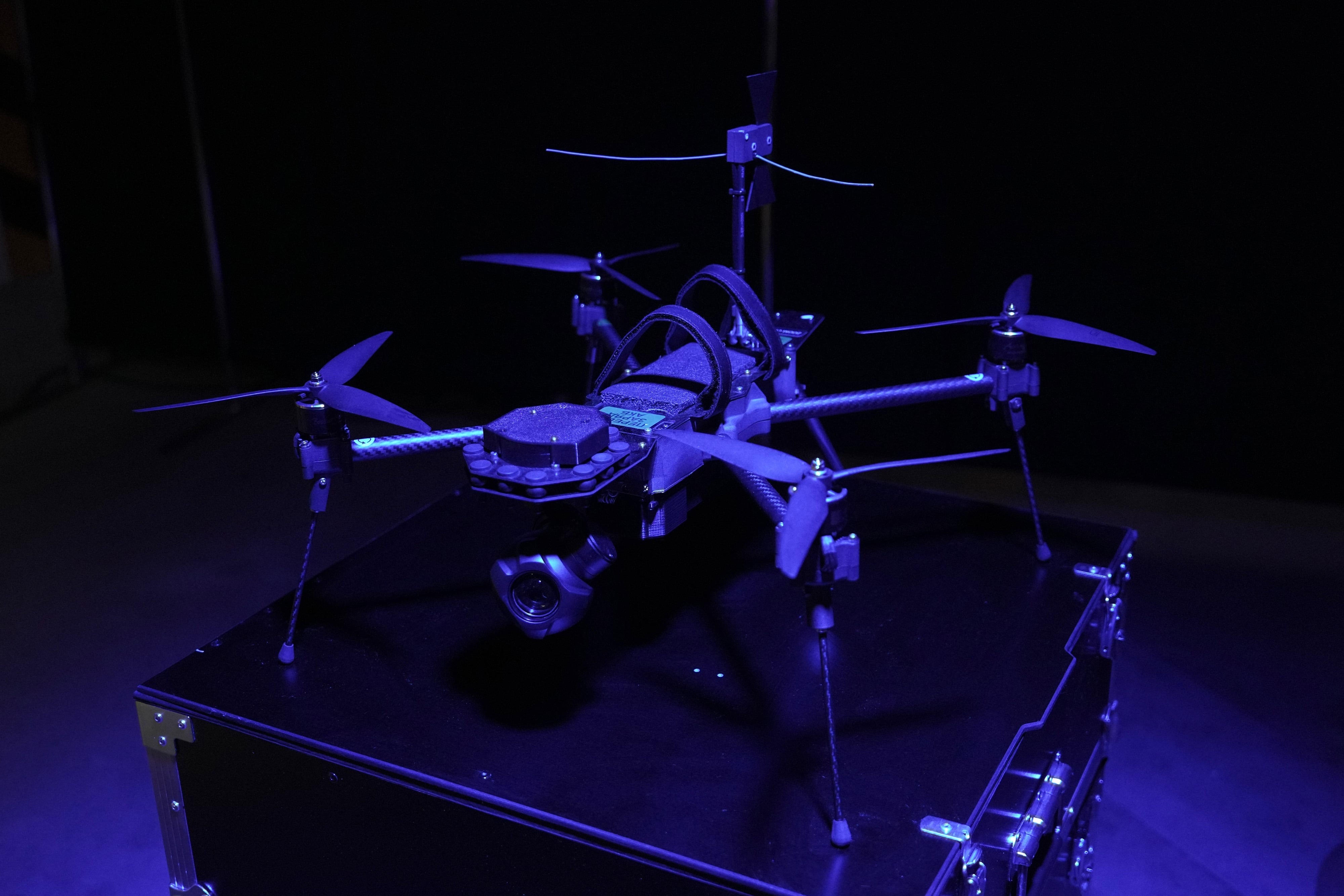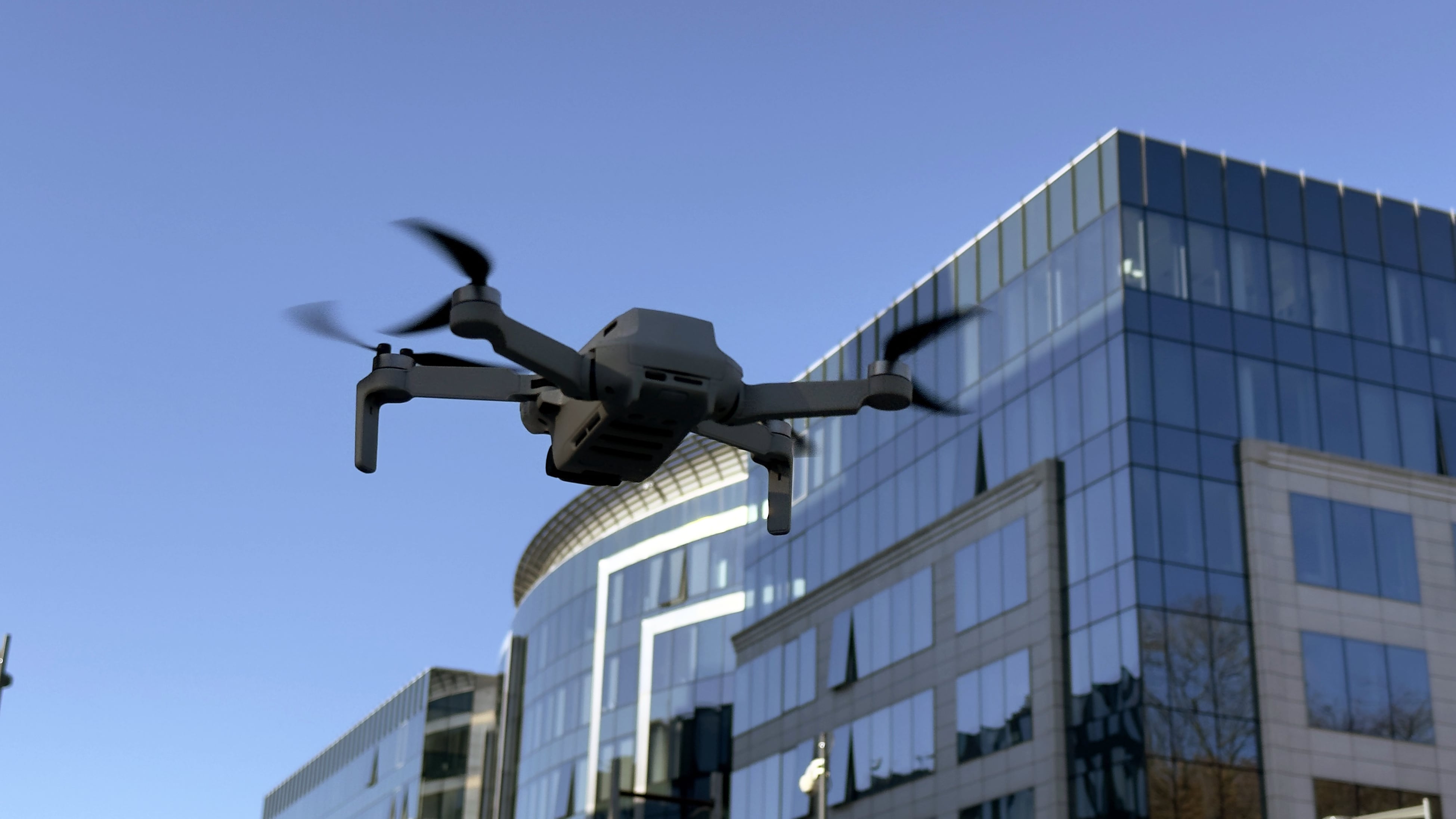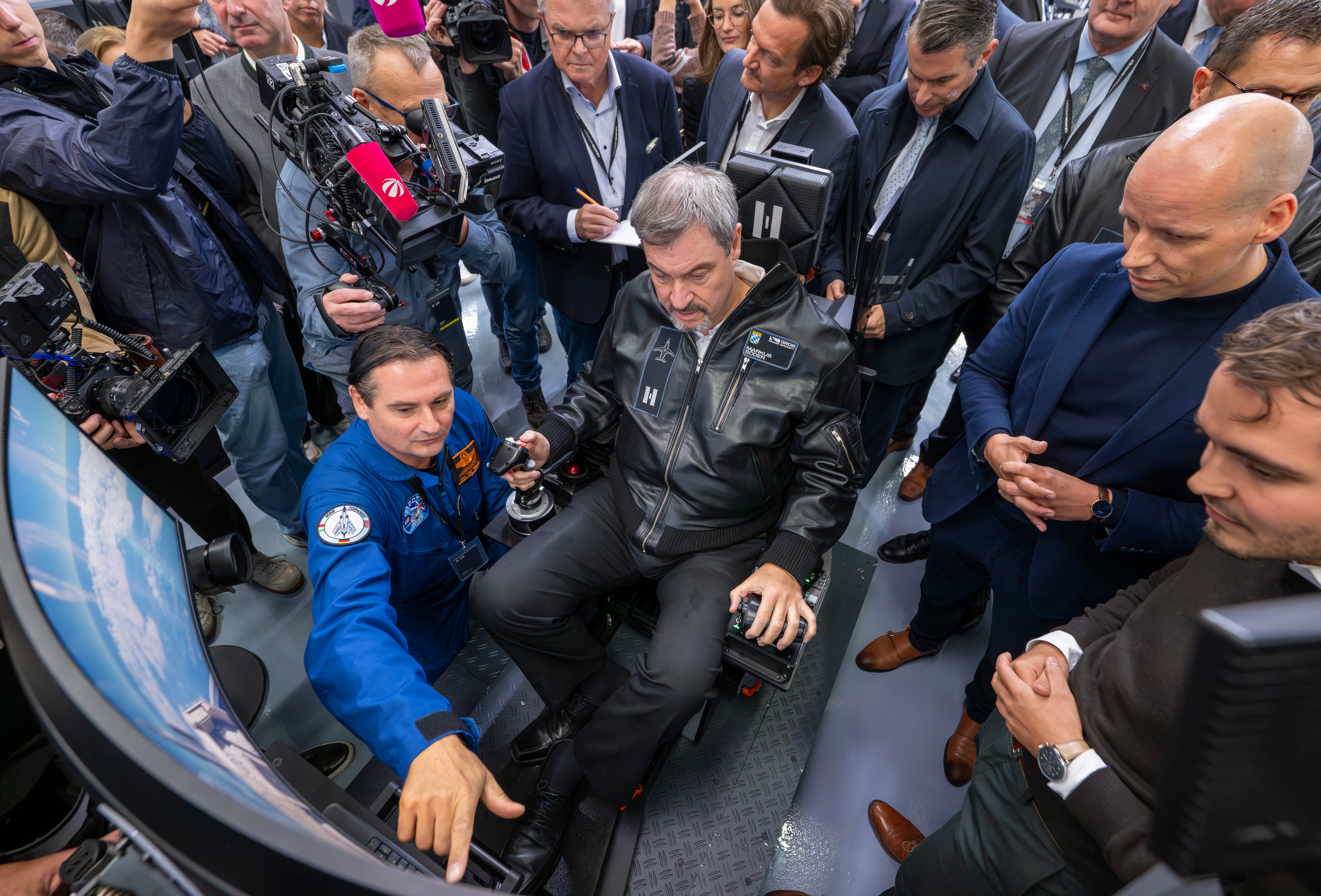RDML Christian "Boris" Becker is the Navy's program executive officer for Space Systems (PEO Space Systems), and is dual-hatted as the PEO for Command, Control, Communications, Computers & Intelligence (PEO C4I).
Responsible for Navy satellite communications programs, PEO Space Systems is responsible for the planned five-satellite Mobile User Objective System (MUOS) constellation, the Ultra High Frequency Follow-On (UFO) constellation of eight satellites for tactical users that MUOS is replacing, leased satellites, and hosted payload programs. In mid-January, the MUOS-3 satellite was launched, which will bring what the Navy's calls "smartphone-like capabilities" to Navy users. MUOS-4 is scheduled for launch in late 2015.
PEO Space Systems RDML Boris Becker spoke to C4ISR & Networks Editor Barry Rosenberg about the MUOS constellation, and other space systems in his organization.
Tell me about the new communications capabilities that MUOS satellites will bring to the war fighter.
BECKER: I'll start with the other side of MUOS. MUOS the satellite has two payloads. One is the legacy payload that is today in operation on MUOS-1 and MUOS-2 supporting the joint war fighter around the globe with UHF communications replacing the legacy UFO constellation. The new payload on MUOS is the Wideband Code Division Multiple Access payload. That's the smartphone-like payload that I think will revolutionize narrowband UHF comms for the joint war fighter.
Please tell me about that. What is meant by "smartphone-like" communications?
BECKER: Today, our narrowband comms require the communicator to stop, establish comms with an antenna and communicate — with the user communicating with another radio that's in the same footprint of that satellite. So picture, if you will: user, up to spacecraft, down to the second user [within the same footprint].
With MUOS, what we do is move to a network-enabled architecture. That means that a user with a MUOS-waveform-equipped terminal will be able to reach out to the spacecraft, which will then communicate with the ground station. That ground station will route that user's communication needs wherever it has to go around the globe — whether that means moving from the ground station across the global backbone of the DoD's network to another ground station, [then] up to a different satellite, and from that satellite down to the intended receiver of that message. All processing is through that ground architecture, which means that a user in one part of the globe can reach out to another user that is not necessarily in the same footprint of the space vehicle that the originator of the call is using.
It's not just voice; it's also video and data. And it's not just from one user to another. We can have group conversations, group calls across this global network. It also enables the communicator to reach out to the NIPRNet and the SIPRNet — again connecting via the DoD's global network.
That's what the MUOS system will bring. MUOS-3 has that payload; MUOS-1 and MUOS-2 have that payload, as will four and five. MUOS itself, though, is more than just a space vehicle. MUOS as a system encompasses the ground stations, the software that runs this network, as well as the MUOS waveform itself. And so when we think of MUOS, I think it's important to think of it in the context of all of those pieces as the MUOS system. The space vehicle is one part of that.
Regarding the MUOS terminals, some people are calling for the retrofitting of existing terminals to handle the waveform, as opposed to manufacturing and buying new ones, so the terminals can be delivered faster and be less costly. What's your view on that?
BECKER: We've got the MUOS Waveform now. It's in the repository, which allows industry to come into the lab, take that waveform, work with it, and figure out their best solution for integrating that waveform into their terminals and radios.
It's up to industry to figure out their best solutions for how they would meet these communication needs, whether it's a new terminal or adapting an existing terminal. Clearly, it would seem that there would be great opportunity to change existing terminals and modify them to accept this waveform. And that's one of the things we're doing in my PEO C4I role. We're taking the digital modular radio, the DMR, and incorporating the MUOS waveform into that so that our ships at sea will be able to use the MUOS waveform via their existing architecture from the DMR all the way through the rest of the apertures and connect to the MUOS architecture just as a solider using the [Army's] manpack would be able to.
![Third MUOS launch [ID=22229783]](http://www.gannett-cdn.com/-mm-/b2e9b23cd767d8a10443c055f0220c24d0200e88/r=266x400/local/-/media/2015/01/23/C4ISR/C4ISR/635576217019861260-ISR-Command-Convo-Becker.jpg)
I was just thinking about the same example, where the Army has deposited its Soldier Radio Waveform and Wideband Networking Waveform into a repository for industry to port to its various radios. So you're doing the same thing at the Navy.
BECKER: That's exactly right. In fact, it's not just Navy; this has been a very strong joint partnership with the Army. MG Dan Hughes at PEO C3T [Command, Control, Communications-Tactical] and I are working very closely together on delivering the MUOS capability. His program manager for terminals, and the program manager for the waveform, and my program manager for the space vehicle and the ground stations are working very closely together through difficult challenges at times. But that joint partnership has been key to our success.
Staying with MUOS, please provide details on the postponement on the final certification until late 2015 due to issues related to integrating the satellites, waveform, grounds systems and radio terminal software.
BECKER: We've been progressing through a series of very rigorous developmental operational tests at the same time that we've been working on demonstrating the capabilities I described earlier, and it's fairly challenging. We had what we call an end-to-end test back in March 2013. And that helped us understand how to work through the MUOS-1 satellite. But as we progressed and we launched MUOS-2 we went to another test called on-orbit system validation that we executed in November 2013 after the launch in August. It was at that time that we recognized that this was going to be a little bit harder than we thought. And by early 2014, the data was telling that we needed more time.
At that point, the Navy, Army and our industry partners got together to take a long, hard look at where we were, and then mapped out a road to our goal. And that goal is a successful MOT&E [multi-service operational test and evaluation]. The teams made great progress on that journey, and I'm confident that we'll all be able to meet the commitment that we've made for December 2015.
What are some of the milestones and test scenarios that will happen this year leading up to that late 2015 milestone?
BECKER: We've worked through a series of 10 building blocks, if you will, increasing in complexity from the basic features of making a radio call all the way to those more complex features that I mentioned earlier, such as accessing the Internet and moving on to group calls. At each point along the way we demonstrated the ability to execute those features, which we demonstrated quite some time ago. The issue we had that caused us to map out a new plan for success was not that we couldn't execute those capabilities, but rather we couldn't do so reliably. Now, you and I are used to picking up a receiver and having a dial tone. We didn't have that same kind of reliability on making and maintaining those calls.
But as we progressed through these series of tests we've had many, many hours of radio time looking at the waveform, looking at the ground system, understanding and characterizing performance, and steadily increasing our reliability to the point where now we're ready to proceed over the next 10 months or so and conclude our preparations for MOT&E to be successful by December 2015.
You work closely with MG Hughes, so you know about his goal of simplifying the tactical network and communications, particularly for the on-the-move aspects of the Warfighter Information Network-Tactical (WIN-T) program. Is that simplification also taking place in regard to simplifying use of the MUOS system?
BECKER: One of our testing programs has been to incorporate soldiers in the testing and expose users to what we have. And, again working closely with PEO C3T, we've had MUOS in the field at Aberdeen Proving Ground exposing it to operators. I expect that interface is going to help us in making sure that this is not only technically capable, but operationally capable for the joint war fighter.
I don't want to give the short shrift to some of the other things that you're working on at Space Systems. Besides MUOS, what other programs is PEO Space Systems working on?
BECKER: Well, I'm glad you asked that question, because as you mentioned PEO Space Systems isn't PEO MUOS. I have a very exciting line of work going on in nanosats. We've launched two different nanosats [as part of the Joint Capability Technology Demonstration]. We worked on it with a consortium of academia, industry and research labs. And I think this is an exciting line of operations, because we can explore ways to find cost-effective means to meet mission requirements.
That spectrum of mission requirements can take us all the way from one end of exquisite engineering, which comes with its own expenses, all the way to lower-cost, rapidly fieldable capabilities. As we understand the needs of a war fighter to meet the information dominance requirements of today's battlefields and tomorrow's, we have to understand how we can employ the medium of space to [put] information dominance in the hands of joint war fighters.
Do you see the nanosats serving the needs of communications or intelligence, surveillance, reconnaissance?
BECKER: We started with comms systems to look at ways that we could augment our MUOS capabilities. But there are any number of other mission needs that nanosats could address: understanding the environment and sensing the environment across the spectrum of ISR. It's limited only by the imagination and the capabilities of our future space professionals.
That's why it's important to work with the research laboratories, as well as academia and institutions such as the Naval Postgraduate School, which is responsible for training some of greatest space leaders in the Navy and in the joint war fight. ■








